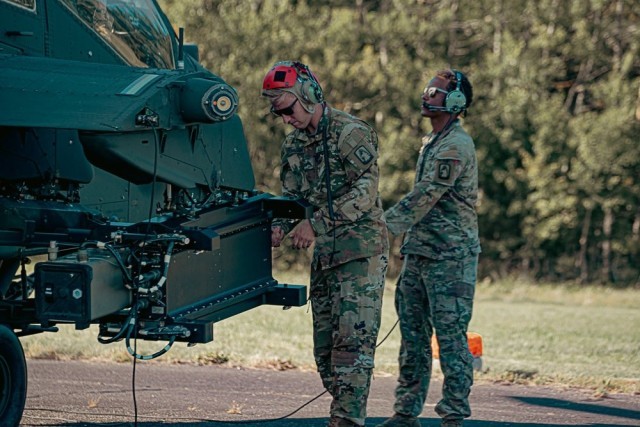The Philippine Navy anti-submarine warfare helicopter conducted its first-ever aerial launch of Spike Non-Line of Sight (NLOS) missile in a live-fire exercise off the waters of Zambales in the West Philippine Sea.
Commander Randy Garbo, Fleet Public Affairs Office Director said as part of the live-fire missile exercise the AW159 anti-submarine warfare helicopter, and BRP Tomas Campo (PG908), demonstrated precision and technological advancement in the waters west off San Antonio, Zambales.
Garbo said "the AW159 helicopter successfully conducted the first-ever aerial launch of a Spike NLOS and destroyed its designated target" while "PG908 then carried out another coordinated missile launch against a separate target" during the drill.
"The First Aerial Launch of a Spike NLOS from AW159 proved that missiles can be launched from both air and surface assets, streamlining flexibility and logistics. By integrating advanced missile technology into naval and air platforms, the Navy enhances its ability to defend key maritime chokepoints, deny hostile incursions, and project power across dispersed littoral and offshore areas," he added.
The Spike NLOS is a precision-guided, multi-purpose missile system developed by Rafael Advanced Defense Systems (RADS) of Israel.
Garbo said Spike NLOS "is designed to engage targets beyond visual range with pinpoint accuracy using advanced electro-optical and real-time video guidance."
"It also empowers operators with full control from launch to impact. Its integration into the PN’s arsenal significantly enhances standoff strike capabilities, boosting maritime defense, strategic deterrence, and operational effectiveness," he added.
According to Garbo, the training was also supported by other Philippine Navy including BRP Miguel Malvar (FFG06), ScanEagle UAV, Fast Attack Interdiction Craft missile-capable BRP Albert Majini (PG909) and BRP Laurence Narag (PG907), and Multi-Purpose Attack Crafts BA492 and BA488.
Also supporting the exercise were units from the Philippine Marine Corps’ Coast Defense Regiment (CDR) and from the Philippine Coast Guard’s BRP Suluan (MRRV4406).
"The successful live-fire unilateral missile exercise forms part of the AFP's broader Comprehensive Archipelagic Defense Concept (CADC). This strategy emphasizes distributed lethality, domain awareness, and joint force integration across the country’s vast maritime domain," he added.
"By aligning its modernization efforts with the CADC, the PN continues its transformation into a credible and adaptive maritime defense force, capable of safeguarding national sovereignty, maintaining territorial integrity, and securing the archipelago’s vital sea lanes against both traditional and asymmetric threats," he added. Robina Asido/DMS





 English
English










